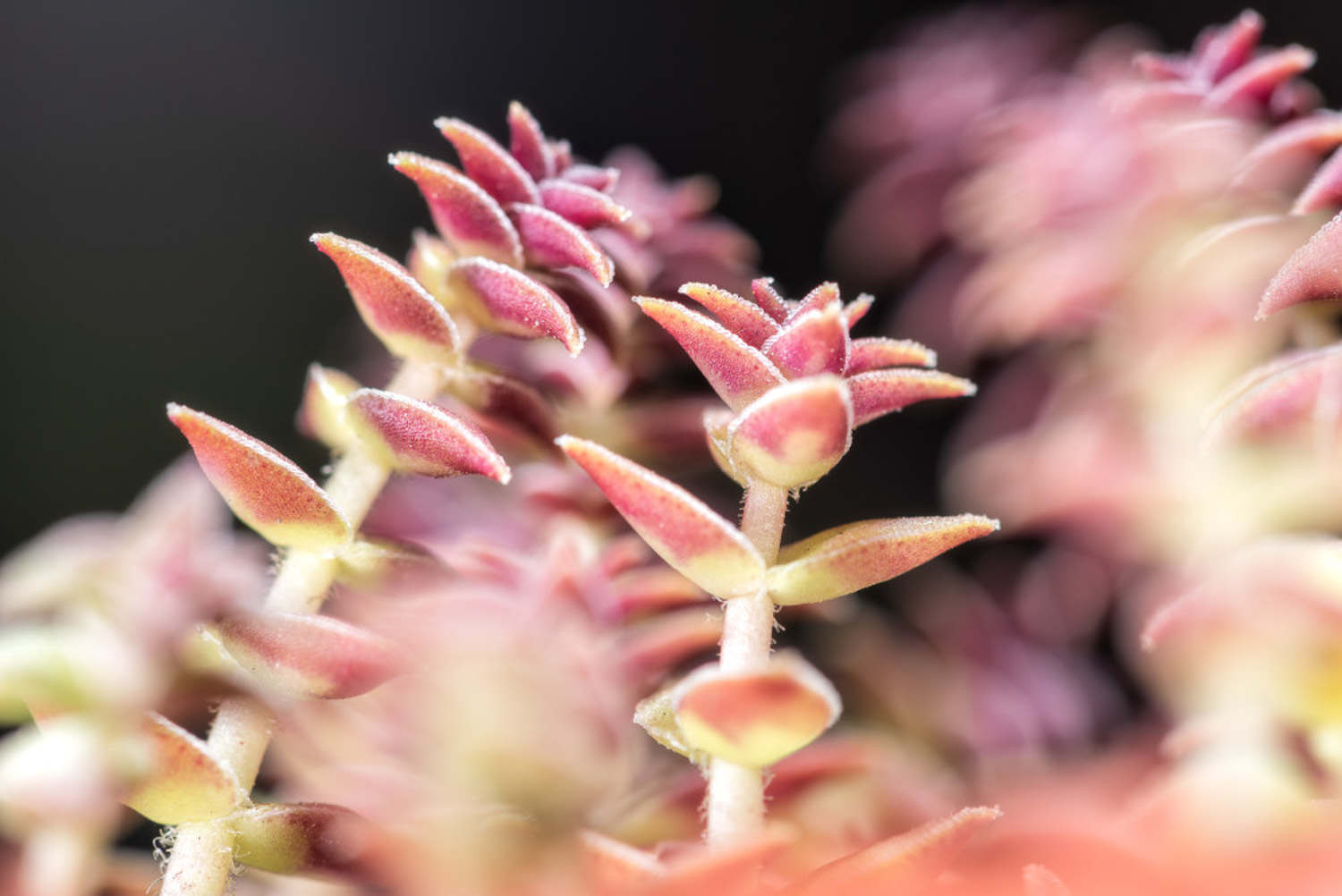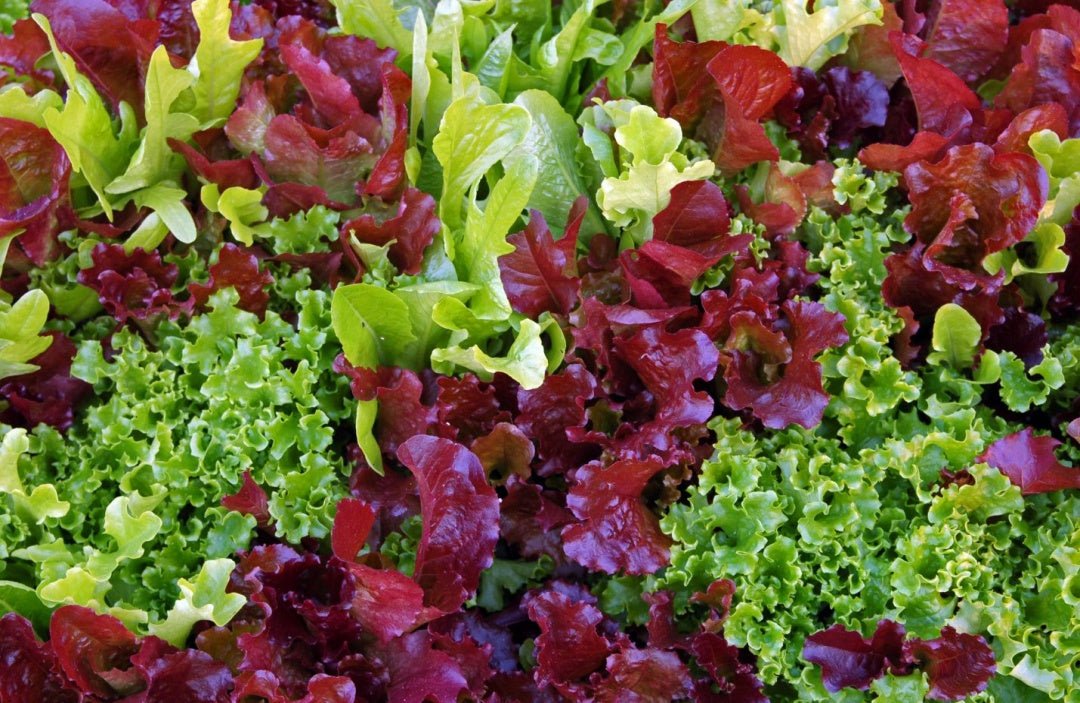Ever noticed your plants growing unusually tall and thin with sparse foliage? This phenomenon, known as "stretching," can be a sign of stress in your plants. Let's dive into a real-world example from our labs at Barrina.
Our team at Barrina Labs recently conducted an experiment with sunflowers and succulents. After some time under a certain light spectrum, we noticed an unexpected result - the plants began to stretch. This led us to question, what causes plant stretching, and how can it be prevented?

Plant stretching, or etiolation, typically occurs when a plant isn't getting enough light. It's the plant's way of growing taller to reach more sunlight. However, stretching can also occur due to incorrect light spectrum, temperature extremes, or even over-fertilization.
Succulents are popular among North American plant enthusiasts for their low maintenance and unique appearance. However, many growers overlook the risk of stretching, which can occur when these plants are exposed to the wrong light spectrum. This can lead to weak, leggy plants with less vibrant colors, reducing their aesthetic appeal and overall health.
Beyond preventing etiolation, the right light spectrum can also enhance the coloration of succulents and other plants. Certain wavelengths of light encourage the production of pigments like anthocyanins and carotenoids, which give plants their vibrant hues.
With so many different plant lights on the market, it can be challenging to choose the right one. Here are a few tips to help you select a light that won't cause your plants to stretch:
Look for a light that offers full-spectrum light. This mimics the natural light spectrum of the sun and provides all the wavelengths your plants need to thrive. Absolutely, the red to blue light ratio (R: B) in the spectrum is indeed crucial for plant growth and can significantly impact plant stretching.
Red light (600-700 nm) contributes to the photosynthetic activity and plays a significant role in stem elongation, leaf expansion, and biomass accumulation. Blue light (400-500 nm), on the other hand, regulates plant morphology, including stomatal opening, phototropism, and suppression of stem elongation, meaning it helps to prevent plant stretching. UV light (320-400 nm) can stimulate succulents to synthesize antioxidants such as flavonoids, which can absorb UV radiation and reduce its damage to cells. The increase in flavonoids is also one of the reasons why succulent leaves exhibit rich colors.
A balanced red to blue light ratio is key for healthy plant growth. An overly high red to blue ratio can lead to rapid stem elongation - the plant stretching we want to avoid. Conversely, a light source with a high blue to red ratio tends to result in shorter, bushier plants with thicker leaves.
Different plant species may respond differently to various R: B ratios, so it's always essential to understand the specific needs of the plants you're growing. Here's the spectrum we recommend for effectively preventing excessive growth:

At Barrina, our mission is to support your plants' growth and health through innovative, high-quality lighting solutions. Understanding plant behaviors like stretching is just one part of the puzzle, and we're here to help you put it all together.



